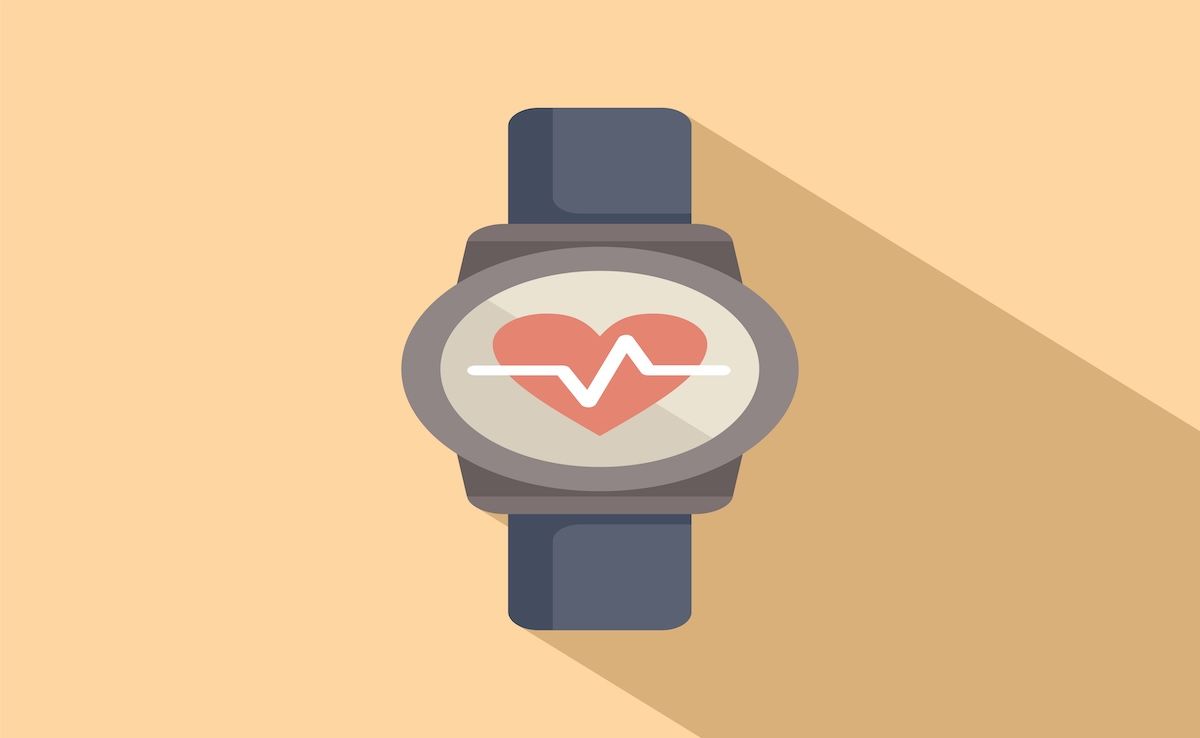Article
Study Finds a Lack of Progress on Health Equity in US Despite Public Health Goals
Author(s):
Although health equity has been a stated public health goal, new research shows that there has been a lack of progress on health equity in the last 25 years in the United States, indicating that the country must either work harder to promote health equity or must find out which policies would produce greater improvements in health equity.
Health equity is part of HHS’ Healthy People 2020 goals, but new research in JAMA Network Open has found a lack of progress on health equity in the last 25 years in the United States.
Researchers from the University of California, Los Angeles, assessed trends in health equity and health justice by race/ethnicity, sex, and income using 25 years of data from the CDC’s Behavioral Risk Factor Surveillance System.
“Although many studies have explored racial/ethnic as well as income disparities in health, no clear picture of the trend of health equity has emerged,” the authors explained. “One reason is a heavy emphasis on mortality or on specific diseases.”
Health equity was assessed through the mean number of healthy days (both physical and mental health) over the past 30 days and general health on a 5-point scale (excellent, very good, good, fair, and poor). These 2 concepts of health were self-reported, and for each of them, the researchers calculated mean health and the following 4 measures: black—white disparities; income disparities; health justice, which measures correlations with sex, income, and race/ethnicity; and a summary health equity metric.
A total of 5,456,006 people were analyzed for self-reported health and 5,349,527 for healthy days. The authors found that mean health, for both self-reported health and healthy days, has been on a decline, income disparities are increasing, and black—white disparities trended downward and showed significant improvement over the past 25 years. Health justice generally decreased for healthy days—there were modest improvements from 2012 to 2015 that were wiped out in 2017—and the summary health equity showed no significant trend for self-reported health and declined for health days.
Among the limitations that the authors noted were the limited data available to track health disparities and a lack of continuous income data that limited estimations of income disparities.
They wrote that the consistency of the study’s findings on the lack of progress on health equity suggest that that country must work harder to promote health equity in order to meet public health goals, and research is needed to understand which policies would produce improvements in health equity.
“Greater or different efforts than those tried in the past will have to be mustered if health equity is to improve,” they concluded. “Performance tracking of health equity may help to keep policy makers accountable to making the necessary changes.”
Reference
Zimmerman FK, Anderson NW. Trends in health equity in the United States by race/ethnicity, sex, and income, 1993-2017. JAMA Netw Open. 2019;2(6):e196386. doi:10.1001/jamanetworkopen.2019.6386.





